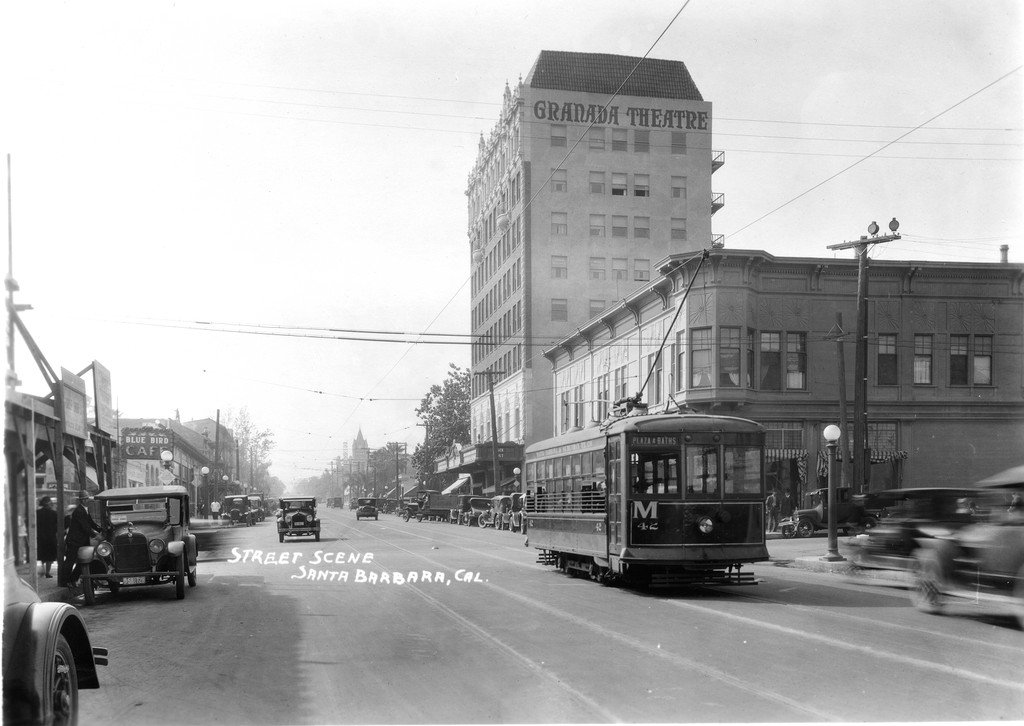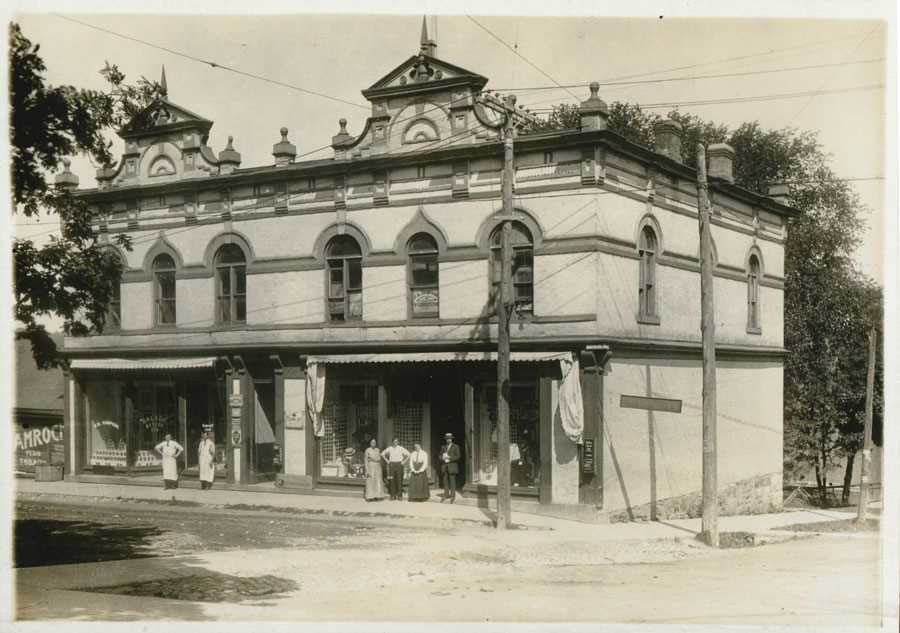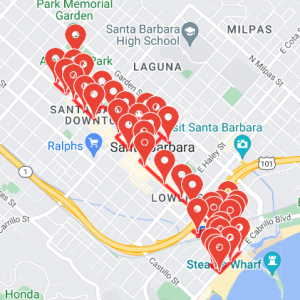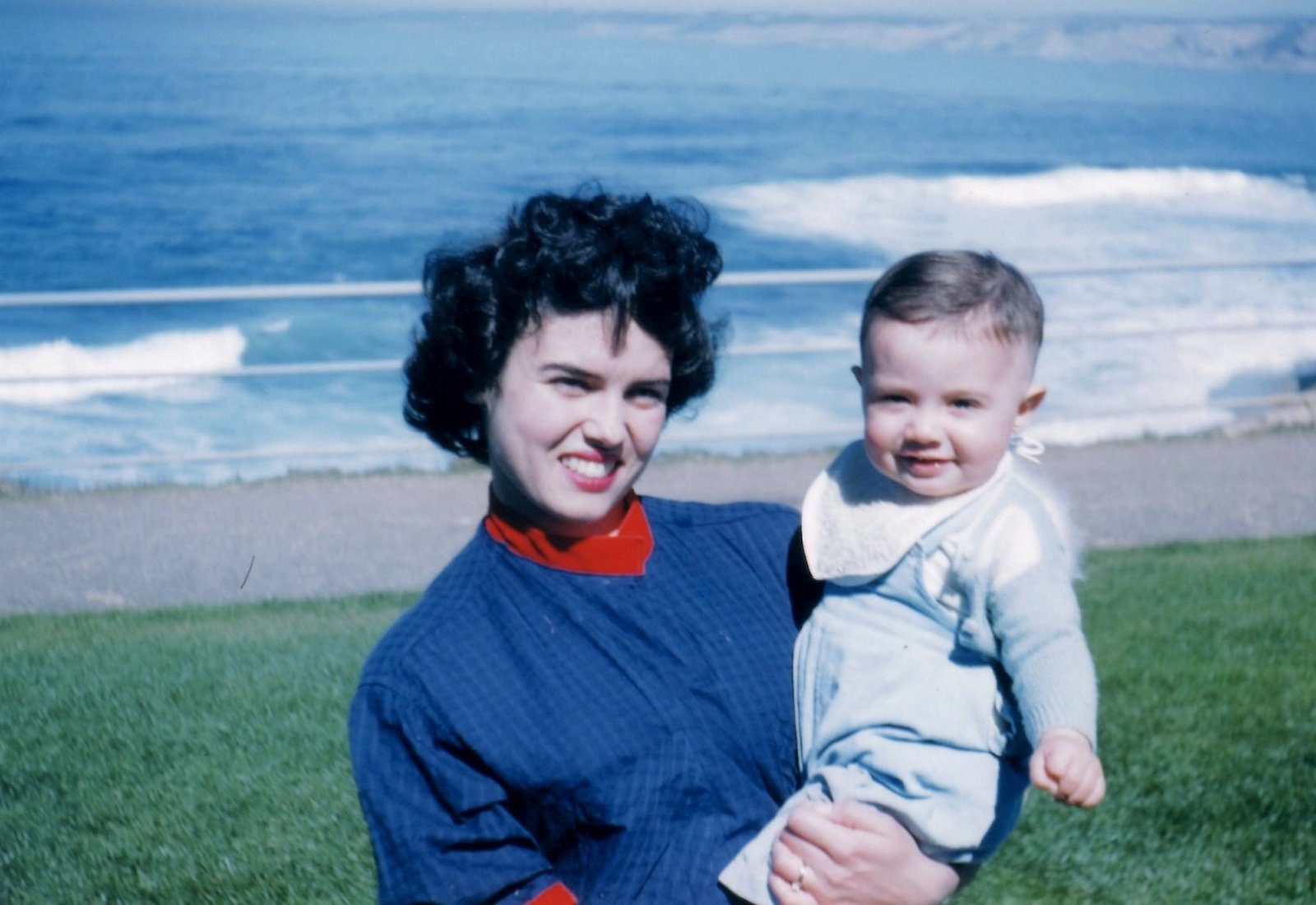A Walking Tour of Santa Barbara from the Arlington Theater to Stearns Wharf
We are pleased to announce the launch of our GPS-guided walking tour in Santa Barbara, California. The launch of our fourth GPS audio tour comes on the heels of our recent San Diego driving tour that was launched earlier this fall. These two beautiful towns have a lot in common when it comes to their history with Spanish colonization and discovery by Europeans. For example, the first European to set foot on these respective Coastal communities was in 1542 by Juan Rodriguez Cabrillo and then Sebastian Vizcaino in 1602; Vizcaino named the body of water between The Channel Islands and the mainland as Santa Barbara Channel. Both towns also went by different names but ultimately Vizcaino’s assigned name persisted. Since Santa Barbara is much smaller in population than San Diego today, our walking tour takes in many of the sites while in San Diego a driving tour covers most of the important historical sites in the same amount of time.
The walking tour In Santa Barbara follows State Street from Micheltorena Street south to Stearns Wharf and can be broken down into three legs:
- Churches & Theaters
- Founding Spanish Landmarks & Earthquakes
- Hotels & Historical Monuments
Leg 1 – Churches & Theaters
There are two important churches and three theaters on the first leg of our Santa Barbara walking tour. The two churches are Trinity Episcopal and Our Mother of Sorrows Catholic. Three prominent theaters are located in this first section of our walking tour: The Arlington and Granada Theatres are both on State Street while the Lobero Theatre sits at the intersection of Canon Perdido and Anacapa Street.
Churches

Trinity Episcopal Church
At the corner of State Street and Micheltorena is Trinity Episcopal Church which was designated a Santa Barbara landmark in 2019. The structure was erected in 1919 for a total cost of $54,000 and many of Santa Barbara’s greatest stonemasons labored on the church under the supervision of master stonemason Peter Poole. English Perpendicular Gothic is the dominant style and the east and west gables were damaged in the earthquake of 1925 where the tower was destroyed, but reconstructed by 1927. In 1998, Trinity raised the money for a retrofitting project that brought the church up to modern earthquake standards in response to new, local seismic safety ordinances that threatened to close the church. The church has a long history of community activism, and it currently serves as a homeless warming center.

Our Lady of Sorrows Roman Catholic Church
Our Lady of Sorrows Church, on the corner of Anacapa and E. Sola Streets, dates back to 1782 as the original chapel for the Presidio of Santa Barbara. The original church was built on the northeast corner of State Street and Figueroa Street but was destroyed by fire in August 1865 and the vintage photo here depicts it.
The new church was finished in May 1867 with two new bell towers constructed in 1904 to house the three bells, which were blessed on July 17 of that year and weighed 2,200 pounds (1,000 kilograms), 1,250 pounds (570 kilograms), and 650 pounds (290 kilograms).
The church met with the 6.8 Richter magnitude earthquake disaster on June 29, 1925 when the facade, an entire side, and one of the bell towers were destroyed. The bell tower that remained was severely damaged but has been rebuilt and the City of Santa Barbara listed the church as a designated landmark on May 17, 2016.
Theatres

Arlington Theatre (Metropolitan Theatres)
The Arlington started as a hotel in 1874 when travelers discovered Santa Barbara’s benefits for health and beauty that was touted by a best-selling book at the time. Soon up to 100 tourists were pouring in daily and they needed a place to stay. It was one of the grandest hotels in the West when it opened but met with misfortune when the original hotel burned down on August 15, 1909. A new hotel was built in 1911 at a cost of more than one million dollars but then, in 1925, the town was devastated by a powerful earthquake, and the hotel was left in ruins.
A Robert Morton pipe organ from the Loew’s Jersey Theatre that was installed in 1949 is one of the Arlington’s distinguishing features. When the organ is played during a performance, the console, which is hidden beneath the orchestra floor, rises on a platform into view. The Santa Barbara International Film Festival, which has been held at The Arlington for the past 35 years, has grown to become one of the most prestigious film festivals in the country. The festival, whose purpose is to connect, enhance, and inspire people through the power of film, draws over 100,000 visitors and presents 200+ films, tributes, and panels over the course of 11 days.

The Granada Theatre
The high-rise building at 1214 State Street is the Granada Theatre building. The mission of this historic and iconic Theatre, which opened in 1924, is to serve the community as a vibrant, welcoming venue that promotes appreciation for the performing arts and improves the quality of life in the community by presenting the best performances to the widest possible audience. The theatre plays host to the majority of the area’s world-class arts organizations, including Community Arts Music Association, Music Academy of the West, Opera Santa Barbara, Santa Barbara Choral Society, Santa Barbara Symphony, State Street Ballet, Theater League, and UCSB Arts & Lectures. These resident companies include internationally renowned soloists and orchestras who deliver spectacular performances and with the excellent 4k digital cinema system, the Granada also exhibits the best cinema’s all year round.

The Lobero Theatre
In 1873, the Lobero was established as an opera house but was dilapidated by the early 1920s, so it was rebuilt as a theater in the Spanish Colonial Revival style and first opened its doors in August 1924. Today, the theater hosts arts and cultural activities on 250 or more days per year, and it is especially well-suited to chamber music due to its live acoustics and tiny size. Many of the summer concerts of the Music Academy of the West are held here and jazz artists find it to be a great venue too. Lobero’s illustrious jazz history began in 1949 with a “Who’s Who,” including Dave Brubeck, Herbie Hancock, Dizzy Gillespie, Wayne Shorter, Dave Holland, Ray Brown, Roy Haynes, and others. Today, the Lobero Theatre is registered as a California Historical Landmark.
Summary
These churches and theatres are just a few of the stopping points on our audio tour and we will add another blog with descriptions of the other highlights but of course the best way to experience them is in person on a beautiful Santa Barbara day so when you’re ready, lace up those sneakers and sign up for the tour here
We will publish our next blog soon and elaborate on the other two legs of the walking tour; Earthquakes & Founding Spanish Landmarks and Hotels & Historical Monuments



